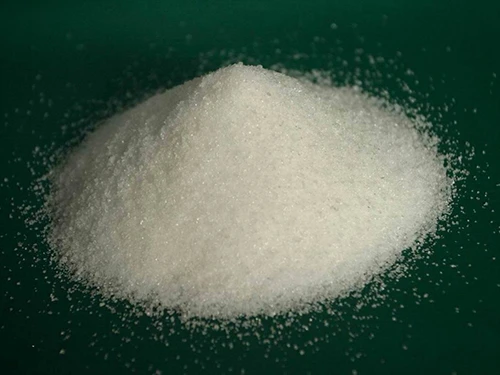Effective Use of Polyaluminum Chloride in Water Treatment Processes for Improved Quality
The Role of Polyaluminum Chloride in Water Treatment
Water treatment is an essential process that ensures the water we consume is safe, clean, and free from harmful contaminants. Among the various chemicals used in water treatment, polyaluminum chloride (PAC) has gained prominence due to its effectiveness as a coagulant. This article explores the properties, advantages, and applications of polyaluminum chloride in water treatment processes.
Polyaluminum chloride is a polymeric form of aluminum chloride, composed of multiple aluminum ions and hydroxyl groups. It is produced by reacting aluminum hydroxide with hydrochloric acid, resulting in a compound that is soluble in water. The unique structure of PAC enhances its performance in coagulation and flocculation, which are crucial steps in the water purification process.
Coagulation is the process of destabilizing suspended particles in water, causing them to aggregate and form larger particles, or flocs. Flocculation follows coagulation, where these larger particles are encouraged to clump together, making it easier to remove them from the water. Poly aluminum chloride acts as a coagulant by neutralizing the negative charges of suspended particles, allowing them to come together and precipitate.
One of the significant advantages of polyaluminum chloride is its high efficiency at a relatively low dosage. Compared to traditional coagulants like aluminum sulfate, PAC requires lower amounts to achieve the same level of turbidity reduction. This efficiency not only reduces chemical costs for water treatment facilities but also minimizes the generation of sludge, making disposal easier and more environmentally friendly.
polyaluminum chloride water treatment

Furthermore, PAC demonstrates a broad pH application range, making it versatile for different water sources. It is effective in both acidic and alkaline water conditions, which is especially beneficial for municipalities dealing with varying water qualities. This adaptability extends the use of PAC across various treatment processes, including drinking water, wastewater, and industrial applications.
Another notable advantage of polyaluminum chloride is its rapid settling properties. The flocs formed during the treatment process tend to settle quickly, leading to faster separation of solids from water. This speed enhances the overall efficiency of the water treatment plant, allowing for increased throughput and improved operational performance.
Polyaluminum chloride is also less corrosive compared to other aluminum-based coagulants. This characteristic minimizes wear and tear on treatment plant infrastructure, resulting in lower maintenance costs over time. Additionally, the use of PAC reduces the likelihood of residual aluminum in treated water, addressing concerns about potential health risks associated with aluminum exposure.
Despite its many advantages, the use of polyaluminum chloride must be managed carefully. Operators must monitor dosage rates and water chemistry to prevent over-dosing, which could lead to adverse effects such as excessive floc formation or ineffective treatment. Regular testing and adjustments ensure optimal performance while safeguarding water quality.
In summary, polyaluminum chloride is a highly effective coagulant that plays a crucial role in water treatment processes. Its efficiency, versatility, rapid settling properties, and reduced corrosiveness make it an ideal choice for municipalities and industries seeking to improve their water treatment systems. As water quality continues to be a critical concern globally, the adoption of advanced treatment chemicals like PAC will remain vital for producing safe drinking water and protecting public health.
-
Water Treatment with Flocculant Water TreatmentNewsJun.12,2025
-
Polymaleic AnhydrideNewsJun.12,2025
-
Polyaspartic AcidNewsJun.12,2025
-
Enhance Industrial Processes with IsothiazolinonesNewsJun.12,2025
-
Enhance Industrial Processes with PBTCA SolutionsNewsJun.12,2025
-
Dodecyldimethylbenzylammonium Chloride SolutionsNewsJun.12,2025





